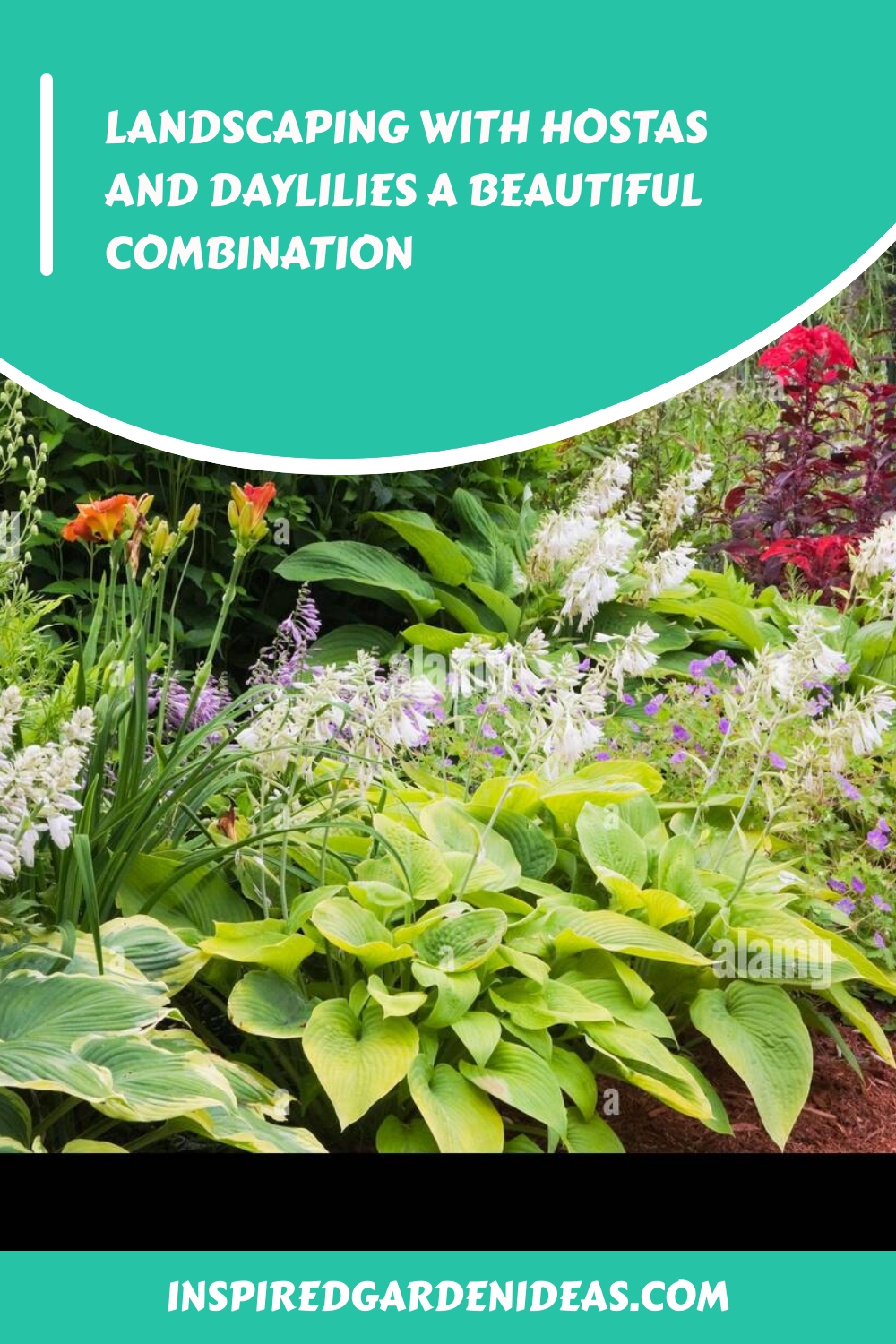When it comes to creating a stunning landscape, the right combination of plants can make all the difference. Two popular choices among gardeners are hostas and daylilies. These two plants not only add texture and color to your garden, but they also have their own unique benefits. In this article, we will explore the art of landscaping with hostas and daylilies, and how you can create a beautiful and low-maintenance garden using these two plants.
The Beauty of Hostas and Daylilies

Before diving into the details of landscaping with hostas and daylilies, let’s first understand what makes these plants so special.
Hostas: Versatile and Low-Maintenance
Hostas are herbaceous perennial plants that are native to Japan, China, and Korea. They are known for their large, lush leaves which come in a variety of shades such as green, blue, and variegated. Hostas are loved by gardeners for their versatility, as they can thrive in both sun and shade, making them perfect for any type of garden.
In addition to being versatile, hostas are also incredibly low-maintenance. They require minimal watering and can withstand drought conditions. They are also resistant to pests and diseases, making them a popular choice for beginner gardeners.
Daylilies: Colorful and Hardy
Daylilies, also known as Hemerocallis, are another popular choice for gardeners. They are perennial plants that produce vibrant and showy flowers in a wide range of colors, from yellow and orange to pink and purple. Daylilies are incredibly hardy and can adapt to various growing conditions, making them suitable for almost any type of garden.
Apart from their striking appearance, daylilies also have a long blooming period, with some varieties blooming for up to three months. They are also low-maintenance and can tolerate drought conditions, making them a perfect addition to any landscape.
Landscaping with Hostas and Daylilies
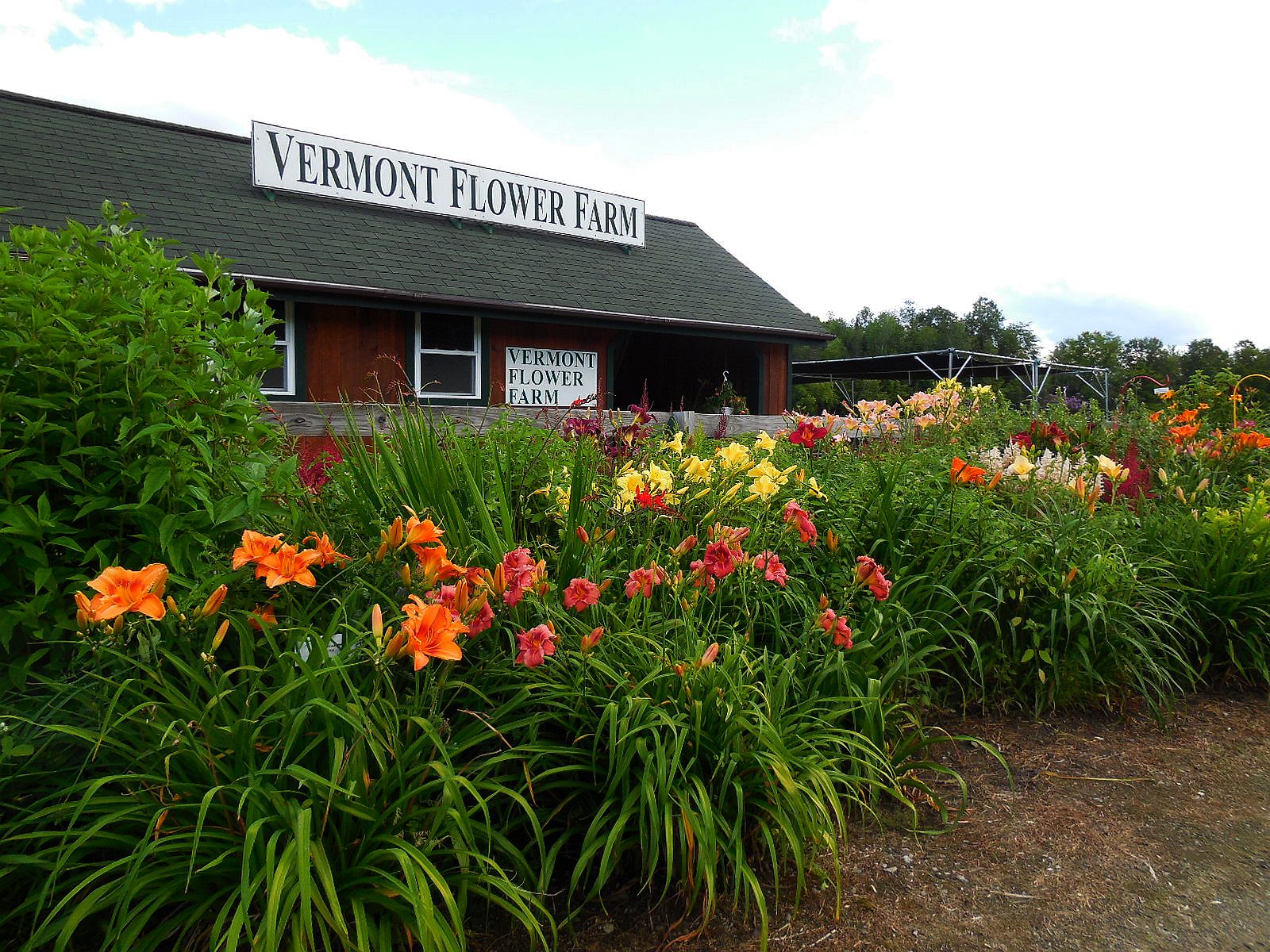
Now that we understand the beauty of hostas and daylilies, let’s explore how you can use them in your landscape.
Choosing the Right Location
The first step in landscaping with hostas and daylilies is to choose the right location for these plants. While both of them can tolerate different growing conditions, it is essential to consider their specific needs.
Hostas thrive in partial to full shade, while daylilies prefer full sun to partial shade. It would be best if you also considered the soil type, as hostas prefer moist and well-draining soil, while daylilies can grow in a wide range of soil types.
It is recommended to plant hostas and daylilies in areas where they can receive at least six hours of sunlight daily. This will ensure that they produce healthy foliage and blooms.
Creating a Colorful Combination
One of the main reasons gardeners love using hostas and daylilies in their landscapes is because of the endless color combinations they can create.
You can plant hostas in clusters of different shades, such as green, blue, and variegated, to create a striking visual contrast. You can then add daylilies in front of or around the hostas to create a beautiful pop of color.
Another way to incorporate these two plants is by choosing complementary colors. For instance, if you have blue hostas, you can pair them with yellow daylilies. This creates a harmonious and eye-catching combination in your garden.
Incorporating Different Sizes and Varieties
One of the advantages of using hostas and daylilies in your landscape is that they come in various sizes and varieties. This allows you to play around with different textures and heights to create a dynamic and visually appealing garden.
For example, you can choose tall and upright hostas to create a backdrop for your daylilies. You can then add smaller and more compact varieties of hostas in front of them to create layers and add depth to your landscape.
The same principle applies to daylilies. You can mix and match different sizes and varieties to create an interesting and diverse landscape.
Maintenance Tips for Landscaping with Hostas and Daylilies
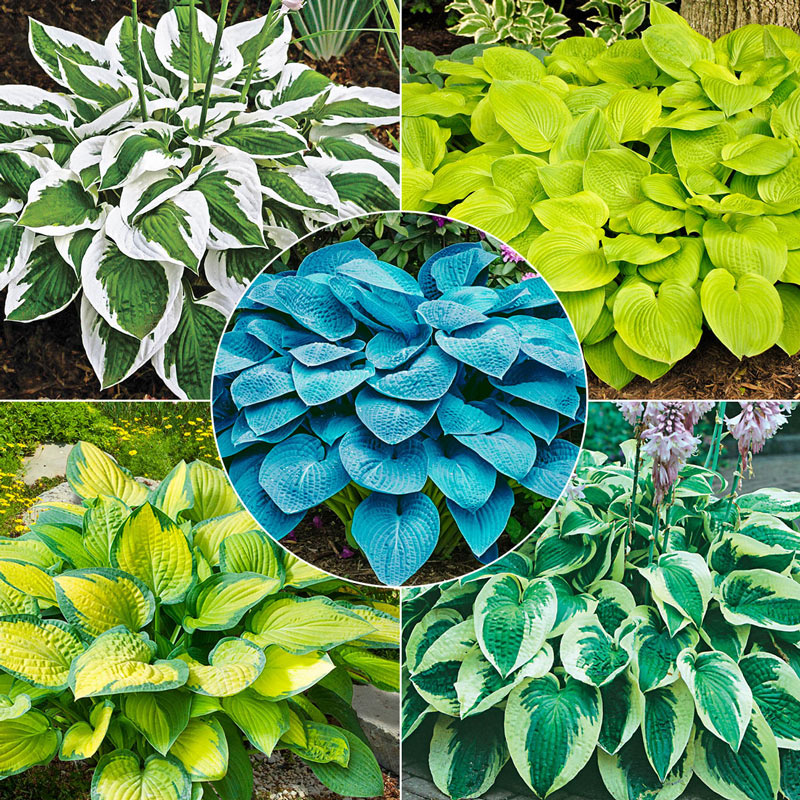
While hostas and daylilies are low-maintenance plants, they still require some care to thrive in your landscape.
Watering
Hostas and daylilies do not require frequent watering, but it is essential to make sure they receive enough water during their growing season. It is recommended to water them deeply once a week, especially during hot and dry weather.
However, be careful not to overwater, as both these plants can suffer from root rot if the soil is too wet.
Fertilizing
Hostas and daylilies do not require heavy fertilization. You can apply a slow-release fertilizer in early spring to give them a boost of nutrients. Avoid using high-nitrogen fertilizers, as this can lead to excessive foliage growth and fewer flowers.
Mulching
Mulching is essential for both hostas and daylilies, as it helps retain moisture in the soil and suppresses weed growth. Apply a layer of organic mulch such as shredded bark or compost around the base of the plants, keeping it a few inches away from the stems to prevent rotting.
Dividing
Over time, both hostas and daylilies can become overcrowded, leading to decreased vigor and blooming. It is recommended to divide these plants every three to five years to rejuvenate them. This also allows you to propagate and expand your garden with new plants.
FAQs about Landscaping with Hostas and Daylilies
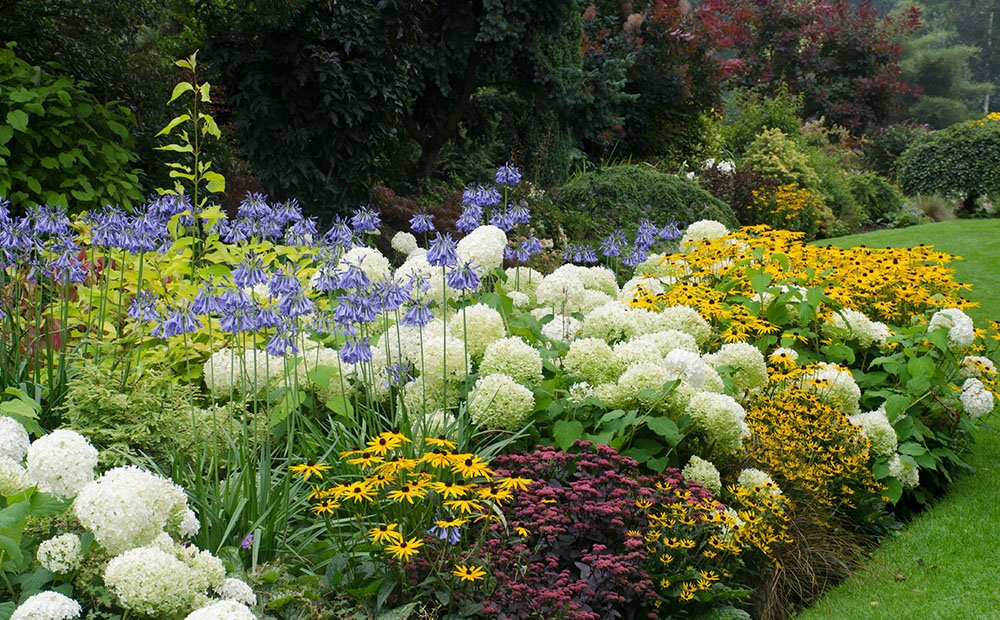
1. Can I plant hostas and daylilies together in the same bed?
Yes, you can plant hostas and daylilies together in the same bed, as they have similar growing conditions and complement each other’s colors.
2. Do hostas and daylilies require full sun or shade?
Hostas prefer partial to full shade, while daylilies can tolerate full sun to partial shade.
3. Are hostas and daylilies deer-resistant?
Yes, both hostas and daylilies are deer-resistant, making them an excellent choice for gardens with deer problems.
4. Can I divide hostas and daylilies at any time of the year?
It is best to divide hostas and daylilies in early spring before new growth appears. This allows the plants to establish themselves before the hot and dry summer months.
5. How do I know when to divide my hostas and daylilies?
You can tell it is time to divide these plants when you notice overcrowding, decreased vigor, and fewer blooms.
Conclusion: A Winning Combination
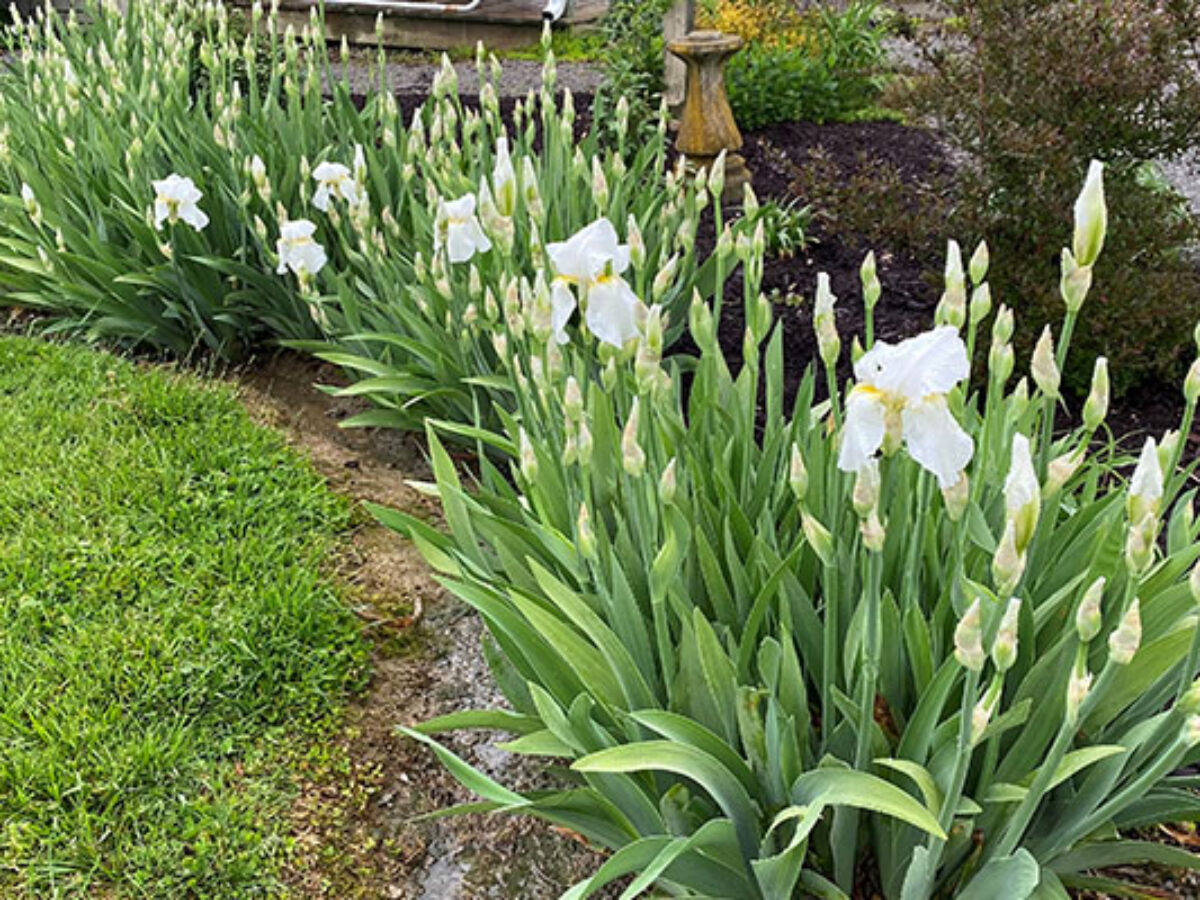
In conclusion, landscaping with hostas and daylilies is a winning combination that can elevate the beauty of your garden. These two plants not only add texture and color but also provide low-maintenance options for your landscape. By choosing the right location, creating a colorful combination, and incorporating different sizes and varieties, you can create a stunning and dynamic garden using hostas and daylilies. With proper care and maintenance, these plants will continue to thrive and bring joy to your landscape for years to come.

